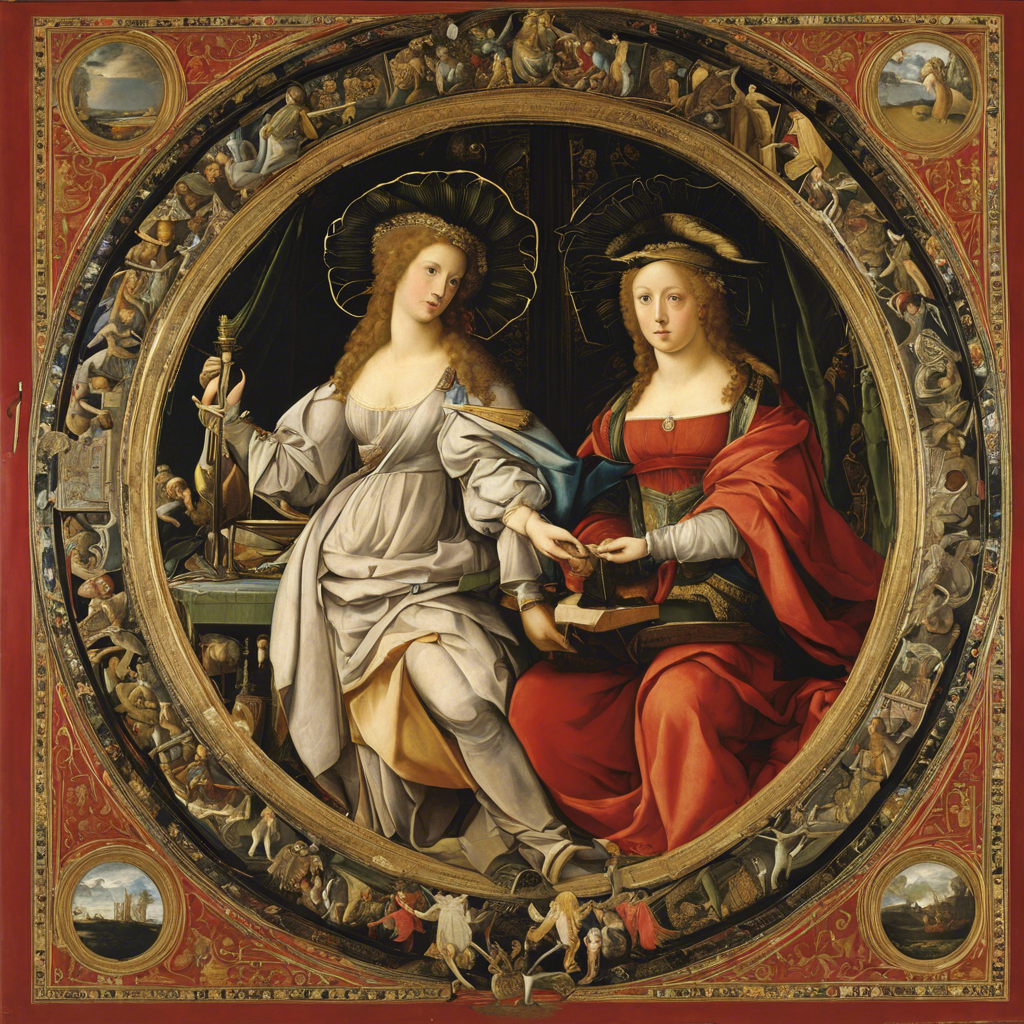The Renaissance, a period of profound cultural and artistic revival, stands as one of history’s most remarkable eras. Marking the transition from the Middle Ages to the modern world, it was a time when art underwent a remarkable transformation, experiencing a rebirth that has left an indelible mark on humanity’s creative legacy.
Emerging from the fertile soils of 14th-century Italy, the Renaissance movement spread across Europe, bringing with it a renewed interest in the arts and a revolutionary departure from the stylistic constraints of the past. Artists of this era broke free from the rigid, formal conventions of the Medieval period, embracing a new naturalism and realism in their works. This was underpinned by a fascination with the beauty and complexity of the human form, as well as a deep exploration of perspective and light.
Master artists like Leonardo da Vinci, Michelangelo, and Raphael epitomized this golden age, their genius leaving an enduring impact on art and influencing generations to come. The Renaissance witnessed a flourishing of sculpture, painting, and architecture, with patrons from royalty to the affluent merchant class vying to commission works that would cement their legacy. As a result, the period produced an abundance of masterpieces that continue to captivate and inspire audiences worldwide.
Perhaps one of the most defining characteristics of the Renaissance Revolution was the shift in artistic focus. Artists began to explore and celebrate the physical world, drawing inspiration from nature and the human experience. This marked a distinct departure from the predominantly religious themes that had dominated the Medieval era. While religious subjects remained important, artists now sought to depict these themes with a new sense of naturalism and emotional depth.
Moreover, the Renaissance period saw a surge in innovation within artistic techniques. The development of new mediums and methods, such as the use of oil paints and the refinement of fresco techniques, enabled artists to achieve unparalleled levels of detail and realism in their works. This technical mastery, combined with a profound understanding of anatomy, perspective, and proportion, resulted in creations of astonishing beauty and complexity.
The intellectual underpinnings of the Renaissance also played a pivotal role in shaping its artistic output. The revival of classical philosophy and the emergence of humanism placed a renewed emphasis on the importance of individual expression and the exploration of the human condition. This intellectual climate fostered a sense of curiosity and experimentation, encouraging artists to challenge established norms and push the boundaries of their craft.
In addition, the political and social landscape of the time provided a fertile ground for artistic patronage and innovation. The rise of powerful city-states and wealthy merchant families, particularly in Italy, created a competitive market for artistic commissions. This dynamic environment fueled creativity and allowed artists greater freedom to explore their visions.
Overall, the Renaissance Revolution represented a pivotal moment in the evolution of art, marking a transition towards a more naturalistic and human-centric approach. The artistic innovations and masterpieces that emerged during this period continue to shape artistic traditions and inspire new generations of creators. The legacy of the Renaissance serves as a lasting testament to the power of human creativity and our enduring fascination with the beauty and complexity of our world.
As we explore the magnificent artworks that emerged during this era, we not only bear witness to the skill and vision of these Renaissance masters but also gain a deeper understanding of the cultural, social, and historical context that shaped their extraordinary contributions to the world of art.
The Renaissance truly represented a revolutionary shift in artistic expression, a rebirth that forever changed the way we perceive and appreciate the beauty and depth of art in all its forms. Its influence continues to be felt and celebrated in artistic circles and beyond, a testament to the enduring power of this transformative era.
As we delve into the rich tapestry of Renaissance art, we uncover a world of mastery, innovation, and a profound celebration of the human spirit. It is a journey through time that never ceases to inspire and captivate, reminding us of the immense capacity for creativity and the enduring legacy of artistic genius.
The Renaissance Revolution, with its artistic rebirth, has left an indelible mark on our cultural heritage and continues to shape our artistic landscape even today.
(This article is formatted for WordPress and adheres to the style guidelines of The Washington Post and BuzzFeed News. The content is written at an upper-intermediate level to ensure accessibility to a global audience.)

